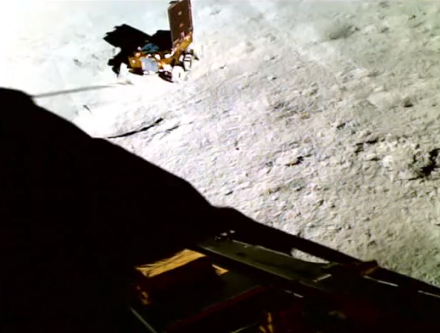SpaceX successfully launches 22 more Starlink satellites
SpaceX tonight successfully launched another 22 Starlink satellites, its Falcon 9 rocket lifting off from Cape Canaveral.
The first stage successfully completed its seventh flight, landing on a drone ship in the Atlantic. Note too the speed in which SpaceX was able to resume launches after Hurricane Idalia plowed across Florida. ULA’s canceled a launch earlier in the week, but it can’t move as fast to resume launches.
The leaders in the 2023 launch race:
60 SpaceX
38 China
12 Russia
7 Rocket Lab
In the national rankings, American private enterprise now leads China in successful launches 69 to 38. It also leads the entire world combined, 69 to 61, while SpaceX by itself now trails the rest of the world (excluding American companies) only 60 to 61 in successful launches.
SpaceX tonight successfully launched another 22 Starlink satellites, its Falcon 9 rocket lifting off from Cape Canaveral.
The first stage successfully completed its seventh flight, landing on a drone ship in the Atlantic. Note too the speed in which SpaceX was able to resume launches after Hurricane Idalia plowed across Florida. ULA’s canceled a launch earlier in the week, but it can’t move as fast to resume launches.
The leaders in the 2023 launch race:
60 SpaceX
38 China
12 Russia
7 Rocket Lab
In the national rankings, American private enterprise now leads China in successful launches 69 to 38. It also leads the entire world combined, 69 to 61, while SpaceX by itself now trails the rest of the world (excluding American companies) only 60 to 61 in successful launches.













